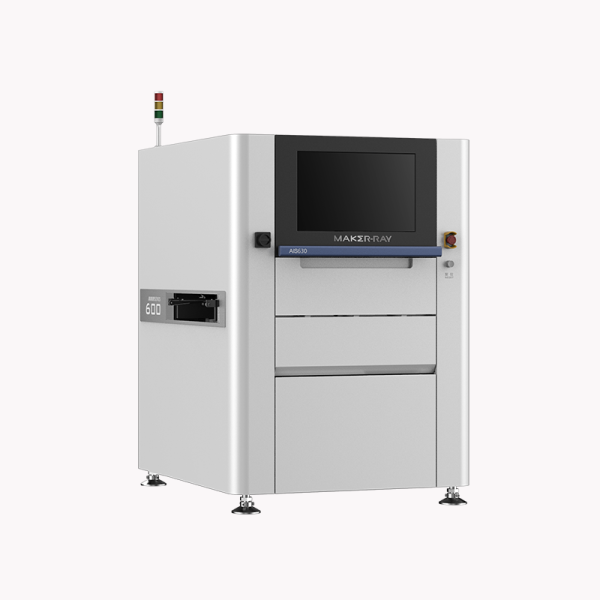AOI automated optical inspection has been around for a while now, with more and more companies making use of it to work faster and more efficiently. In this article, you can find out about the basics behind AOI and what you should know before investing in this technology.
Introduction of the AOI
AOI (Automated Optical Inspection) is an automated optical inspection technology that uses computer vision and machine learning algorithms to identify and report on defects in optical products. AOI has the potential to improve the quality of optical products by identifying and reporting defects before they cause failure.
Purpose of the AOI
The purpose of the AOI is to automate optical inspection processes by providing a system that can rapidly analyze and identify defects in optical components. Doing this can help reduce the amount of time and resources that are needed to conduct an optical inspection.
Benefits of Automated Optical Inspection
When it comes to manufacturing, there are a few things that can easily be overlooked. One of these is ensuring that the products being produced are error-free, which is where AOI (automated optical inspection) comes in. There are several benefits associated with using AOI for production purposes, and we’re going to outline a few of the key ones here.
First and foremost, automated optical inspection is a fast and efficient way of checking for errors in products. This means that not only can it help identify problems early on, but it can also speed up the process of fixing them. In fact, according to some studies, an automated optical inspection can reduce the number of quality defects by as much as 50%. And in cases where there are still errors present, AOI can help you identify them more quickly and accurately than traditional methods.
Another big benefit of using AOI is that it can help you improve your overall quality control process. Not only does this allow you to catch errors earlier on, but it also helps ensure that your products meet all the required standards. As such, an automated optical inspection can be a valuable tool in helping you achieve higher production standards and better quality control. And this is even more important when you’re trying to reduce costs and your product’s defect rate.
Conclusion
In today’s digital world, companies must have effective automated optical inspection solutions. AOI systems can help alleviate some of the labor-intensive tasks by automating reading and analysis. If you want to simplify your optical inspection process, consider investing in an AOI system from MAKER-RAY.




